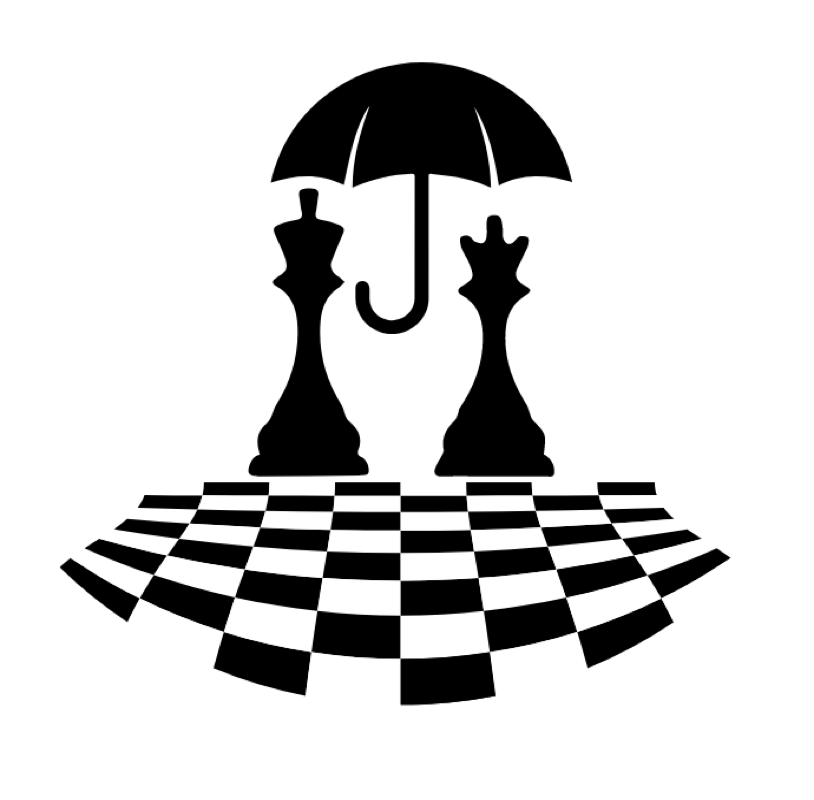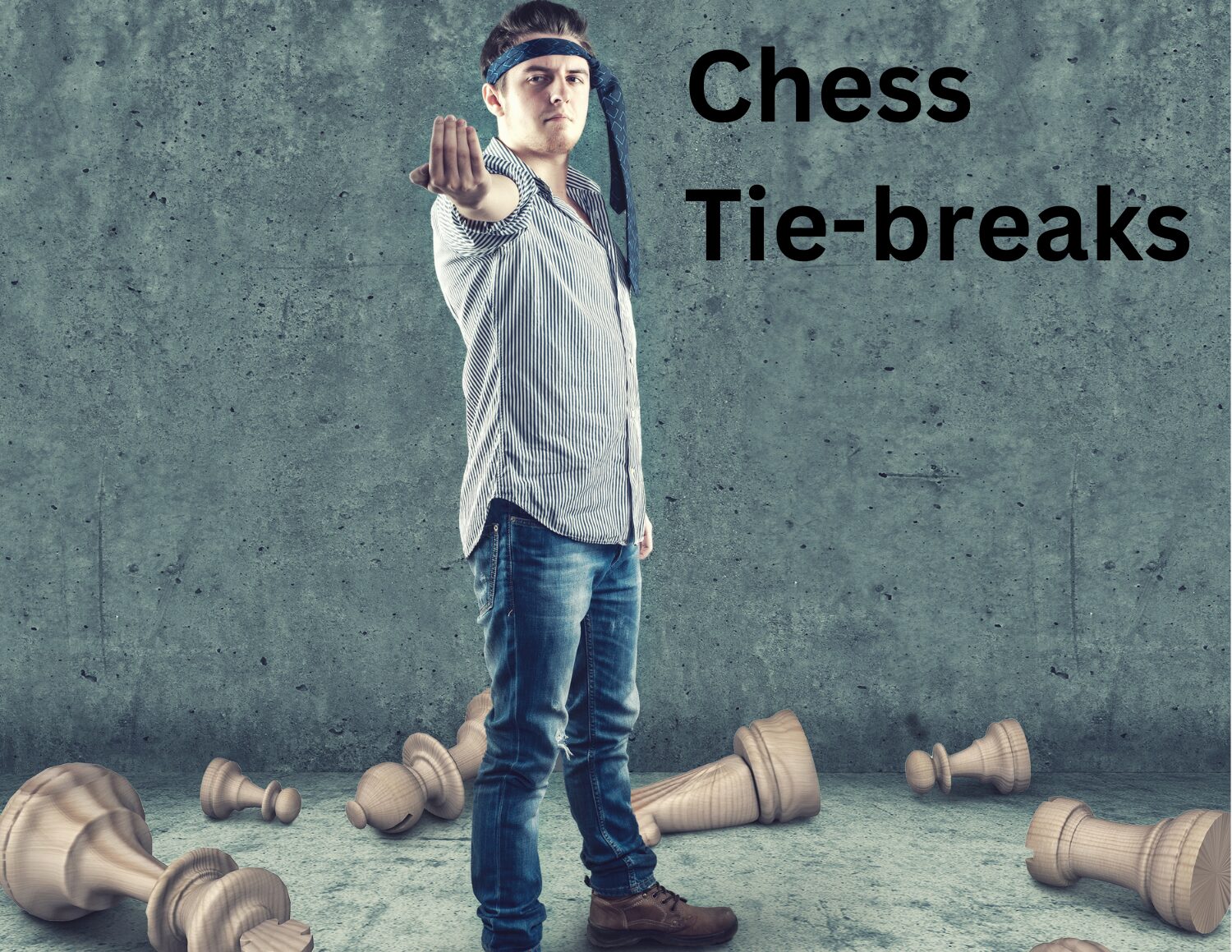Hello, Puddletown chess enthusiasts! In today’s discussion, we’re diving into a crucial aspect of Swiss system tournaments: the tie-breaking methods. Ever find yourself tied with others at the end of a tournament, puzzled over why someone else claimed the top prize? That’s where tie-breaks come into play, helping determine who stands higher.
So, what are these methods? The choice rests with the tournament director, and there are several common approaches:
Median
Each competitor’s score is calculated by adding the points of all opponents, omitting the highest and lowest scores. For tournaments with nine or more rounds, the two highest and two lowest scores are discarded. Points from unplayed games by opponents count as ½, while unplayed games by the player count as none.
Priority #1: Modified Median (T-Med)
This method tweaks the Median approach:
- Players with a 50% score are treated as in the standard Median.
- Players above 50% have the lowest opponent score removed.
- Players below 50% have the highest opponent score removed.
- Players who scored the same number of points on tie-breaks, then the winner is the one who won in the head-to-head game.
Priority #2: Solkoff (T-Solk)
Similar to the Median, but no opponent scores are discarded.
Priority #3: Cumulative (T-Cumul)
Here, each round’s cumulative score is added. Adjustments are made for unplayed wins and draws, subtracting points accordingly. For example, if a player has (in order) a win, loss, win, draw, and a loss; his round-by-round score will be 1, 1, 2, 2½, 2½. The sum of these numbers is 9. Additionally, one point is subtracted from the sum for each unplayed win, and ½ point is subtracted for each unplayed draw. In the previous example, if the fourth-round draw was instead a ½ point bye, then ½ point would be subtracted and the final sum would be 8½.
This system values early victories more, under the logic that early success likely means facing tougher opponents later. This makes early performance crucial.
These methods are used sequentially. If a tie persists after considering the Modified Median, the Solkoff scores are evaluated, and so forth.
Understanding these tie-breaks not only helps you grasp the tournament’s dynamics but also strategizes your gameplay. Keep these in mind at your next Swiss tournament, and you might just predict the victor!




